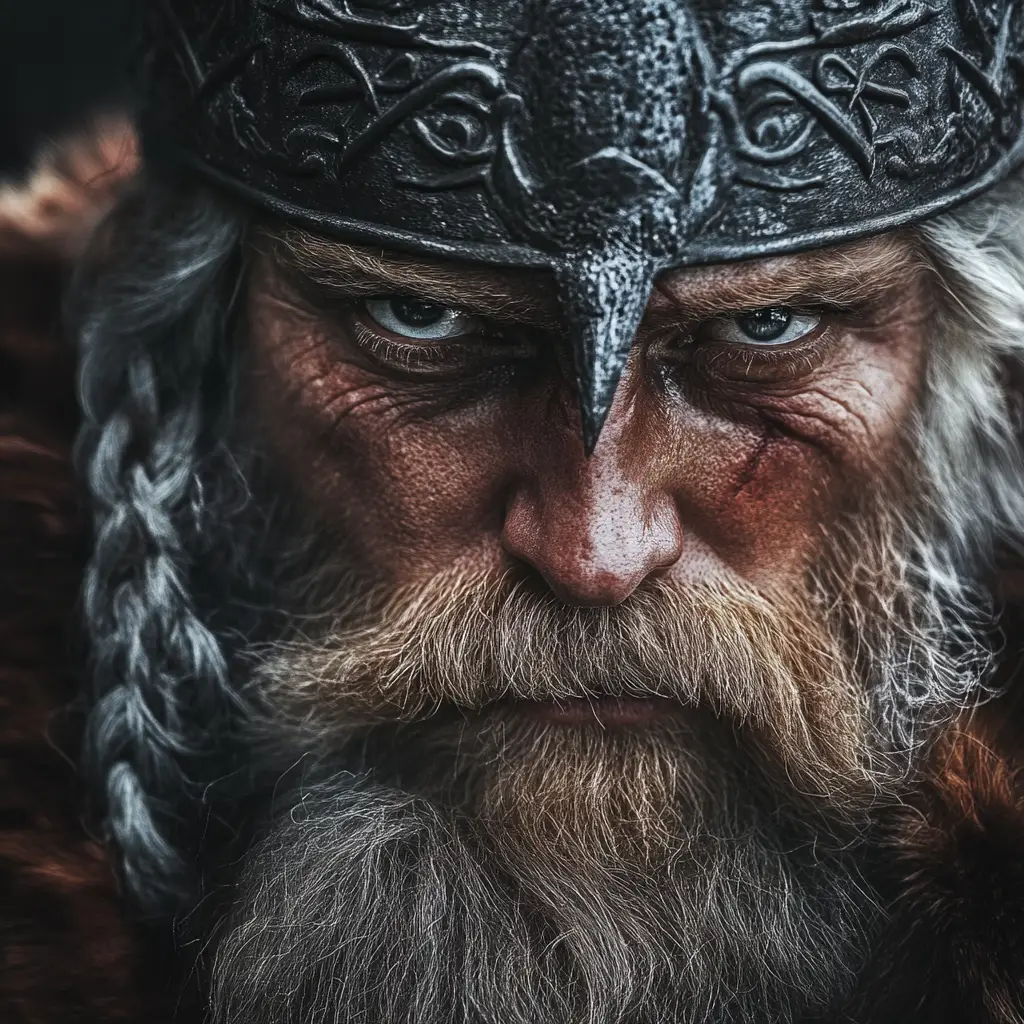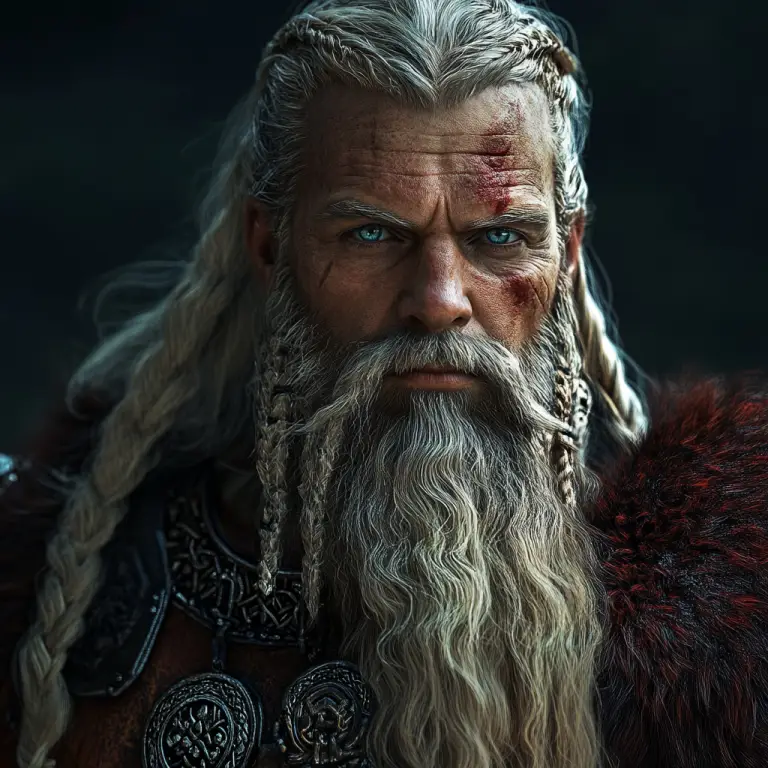Sigurd the Mighty was a powerful Viking earl of Orkney in the late ninth century. Also known as Sigurd Eysteinsson, he was the second Viking Earl of Orkney and a formidable warrior who extended Norse influence over northern Scotland. Appointed by his brother Rognvald Eysteinsson, a notable nobleman of Møre in Norway, Sigurd expanded his control beyond Orkney to the Scottish mainland, defeating local rulers and consolidating his power through a series of campaigns.
Sigurd the Mighty was killed by a decapitated head
One of the most memorable and dramatic tales connected with Sigurd is recorded in the Orkneyinga Saga. According to this tradition, Sigurd challenged Maelbrigte, a local Scottish chieftain nicknamed “the Bucktoothed,” to a decisive battle. Sigurd emerged victorious, beheading his opponent and triumphantly fastening Maelbrigte’s head to his saddle as a trophy. However, as he rode away, one of Maelbrigte’s protruding teeth grazed Sigurd’s leg, causing a wound that became infected and led to his death.
Sigurd’s Family
Sigurd’s family was notable within the wider Norwegian aristocracy. His brother Rognvald, regarded as a wise and respected leader, maintained close ties with the Norwegian royal house, and Sigurd’s own descendants would go on to rule Orkney for generations, forming a powerful dynasty that shaped the islands’ medieval history.
According to the Orkneyinga Saga, Sigurd the Mighty had at least one known son, Guthorm Sigurdsson. Guthorm inherited the earldom of Orkney after Sigurd’s death, although his rule was very brief. He died without leaving any heirs, and the earldom passed back to his uncle Rognvald Eysteinsson, who then appointed his own son, Hallad, to govern the islands.
There are no firm records of Sigurd having other children beyond Guthorm. Medieval sagas tend to be patchy on genealogical details, so it is possible he had more children who were not recorded, but no reliable sources mention them.
Sigurd’s story is a vivid illustration of the harsh and unpredictable fate faced by Viking warlords of the time. His campaigns strengthened Norse settlement across the Orkney Islands and northern mainland Scotland, laying foundations for continued Scandinavian influence in the region. Though his life ended in an almost ironic twist of fate, Sigurd the Mighty remains a striking figure in the history of Viking conquest and rule in the British Isles.



